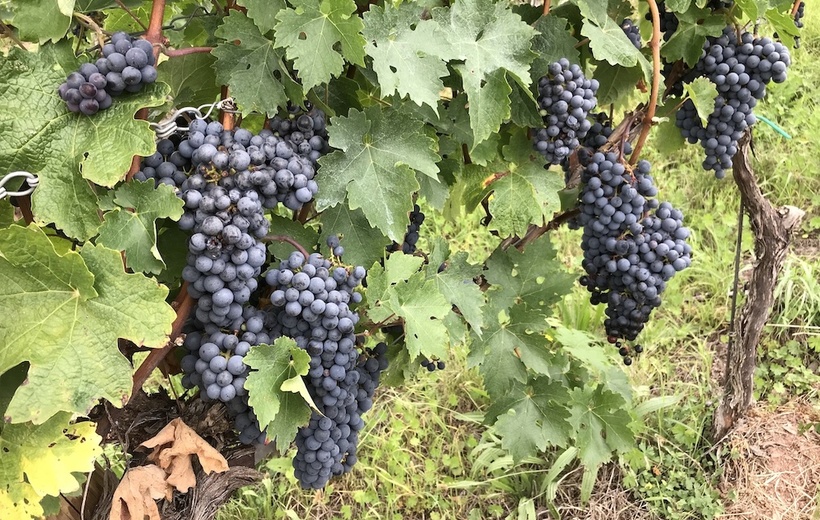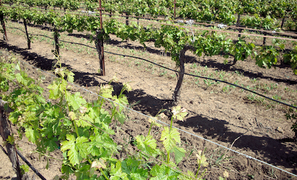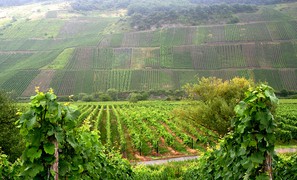Winemaking in Southern Europe is under serious pressure

Critical level of 2 °C
If global warming does not exceed 2 °C, over half of traditional vineyards on a global scale should not be at risk of severe consequences of climate change. In fact, approximately 25% of current wine regions might benefit from a temperature increase capped at 2 °C. In addition, around 26% of current wine regions are likely to maintain their current suitability with proper management practices. However, almost half of traditional vineyards are under serious pressure of climate change.
A completely different situation will arise once global warming exceeds 2 °C. Under those circumstances, the future of 70% of existing winemaking regions, globally, is at risk. Main threats are excessively high temperatures and increased water scarcity. On the other hand, wine production could expand to new suitable areas at higher latitudes and altitudes. This is evident from a global review of the scientific literature on ‘climate change impacts and adaptations of wine production’.
Shifting geographies of wine production
At the global scale, traditional wine regions in southern Europe are most vulnerable to global warming. The review concludes that ‘about 90% of traditional wine regions in coastal and lowland regions of Spain, Italy, Greece and southern California could be at risk of disappearing by the end of the century because of excessive drought and more frequent heatwaves with climate change.’
More than half of global wine production is produced in southern Europe. Even at global warming levels below 2 °C, the future of current wine regions in southern Europe depends on adaptation measures. A further increase of irrigation may no longer be an option because of widespread water scarcity in these regions. At global warming levels beyond 2 °C, the climate in most Mediterranean regions may no longer be suitable for wine production. Shifting vineyards to higher altitudes in mountainous areas will be an option for only a minor part of these regions.
Wine regions further north will face lower risks. Here, several adaptation strategies can be effective to cope with higher temperatures and more drought. By introducing later-ripening grape varieties, for instance, ripening of the grapes can be delayed, bridging the hottest and driest part of the summer. It is important for grapes to ripen under ideal temperatures: when temperatures are too high or too low, the alcohol and acidity levels may be too high or too low, affecting the quality of the wine.
Also, new wine regions are expected to expand northward. The review shows that the expansion of newly suitable viticultural areas in Europe may greatly outpace losses. Theoretically, based solely on climate conditions, the expansion could be a net increase of as much as 40% by the end of the century.
The need to adapt
According to the authors of this review, ‘grapevine varietal diversity is probably the most promising adaptation lever for climate change’. Other options include increasing the shading of grapevines to mitigate heatwave damage, decreasing planting density and using drip irrigation to reduce water use, and using wind machines and over-vine sprinklers for frost protection to mitigate the effect of advancing budbreak dates.
‘One thing is certain’, according to the authors, ‘climate change will drive major changes in global wine production in the near future. Having the flexibility to adapt to these changes will be essential.’
Source: Leeuwen, C. van et al., 2024. Climate change impacts and adaptations of wine production. Nature Reviews Earth & Environment, doi.org: 10.1038/s43017-024-00521-5.






